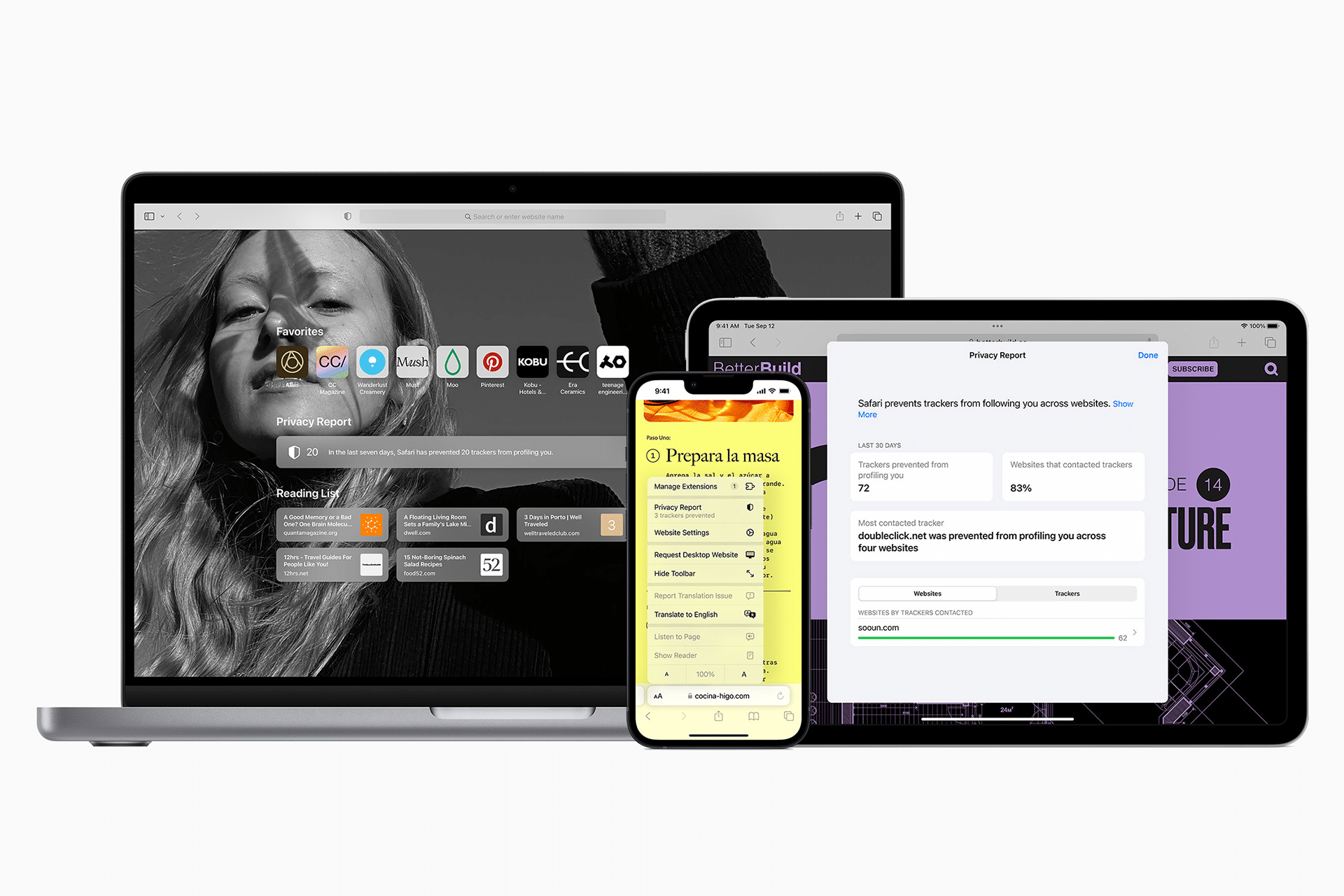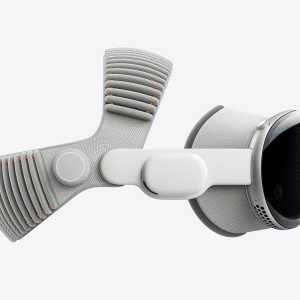Safari Technology Preview 216 tackles a broad range of components, including Accessibility, CSS, Forms, Media, Rendering, Service Workers, SVG, Text, URLs, Web Animations, Web API, and Web Inspector. While Apple’s announcement keeps specifics light, the focus on these areas suggests a concerted effort to iron out glitches and boost efficiency. For instance, improvements in Web Animations could mean smoother transitions on interactive sites, while Media enhancements might translate to better video playback. These changes, though technical, aim to deliver a more seamless experience for users down the road.
The update is accessible through the Software Update feature in System Preferences or System Settings, provided the browser is already installed. Users can grab the initial download from Apple’s dedicated Safari Technology Preview website. This ease of access ensures that both seasoned developers and curious enthusiasts can dive in without jumping through hoops—no developer account needed.
The Role of Safari Technology Preview
Since its debut in March 2016, Safari Technology Preview has served as Apple’s laboratory for browser innovation. Unlike the standard Safari browser bundled with macOS, this version is a standalone tool designed to test experimental features. It runs alongside the regular Safari app, allowing users to experiment without risking their primary browsing setup. This dual-browser approach makes it a practical choice for anyone eager to explore Apple’s next steps in web technology.
Apple’s goal here is clear: gather real-world feedback to polish features before they hit the public. Updates like 216 arrive roughly monthly, each accompanied by detailed release notes on the Preview website. These notes offer a deep dive into the technical adjustments, giving developers a roadmap to test and report back. It’s a collaborative process that keeps Apple’s browser aligned with the evolving demands of the web.
Why This Matters for Users
For the average tech user, Safari Technology Preview 216 might not seem like headline news. But its implications are significant. The fixes and tweaks rolled out today address pain points that could otherwise disrupt browsing—think laggy animations or clunky forms. By refining these elements now, Apple ensures that future Safari updates deliver practical benefits, like faster page loads or more reliable media streaming. It’s the kind of behind-the-scenes work that keeps devices humming without fanfare.
Take Accessibility, for example. Enhancements here could improve screen reader compatibility or keyboard navigation, making the web more usable for people with disabilities. Meanwhile, CSS and Rendering upgrades might lead to crisper visuals and layouts, especially on high-resolution Retina displays. These aren’t flashy changes, but they add up to a better daily experience.
From a pro-innovation standpoint, this update reflects Apple’s commitment to staying competitive. The web isn’t static—rival browsers like Chrome and Firefox roll out their own advancements regularly. By iterating on Safari through this Preview program, Apple keeps pace without rushing untested features to market. It’s a measured approach that prioritizes stability over hype, a refreshing contrast to the rumor-driven churn often seen in tech circles.
The Bigger Picture
Safari Technology Preview 216 fits into Apple’s broader ecosystem strategy. As macOS Sequoia rolls out new capabilities, a robust browser is essential to tie it all together—whether that’s supporting web-based apps or ensuring smooth integration with iCloud services. For developers, this release offers a chance to test how their projects perform with Apple’s latest tweaks, potentially influencing everything from e-commerce platforms to creative tools.
The emphasis on Service Workers, for instance, hints at better offline functionality for web apps, a growing trend as users demand more from their browsers. Similarly, Web API improvements could unlock new ways for sites to interact with macOS features, like notifications or file handling. These aren’t just developer toys—they’re steps toward a more capable web that users will feel in practical ways.
What’s Next
As testers dig into Safari Technology Preview 216, their feedback will shape its journey to the public Safari browser. Historically, Preview features take months to mature, often landing in major macOS updates or standalone Safari releases later in the year. For now, this update is a call to action for the developer community—and a signal to users that Apple’s working on the details that matter.
Whether you’re a coder pushing the web’s boundaries or a casual reader scrolling the news, Safari Technology Preview 216 is a small but telling piece of Apple’s tech puzzle. Expect its refinements to ripple out, quietly enhancing the way we interact with the digital world.















